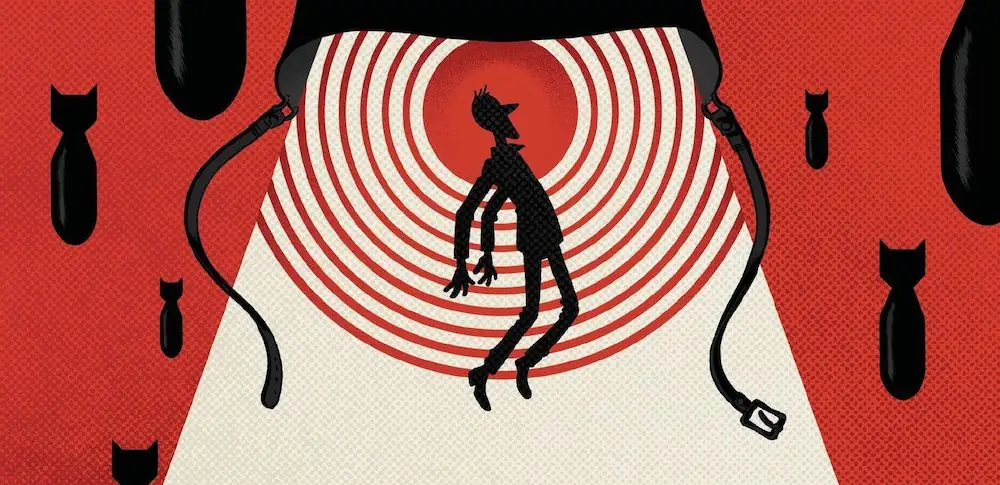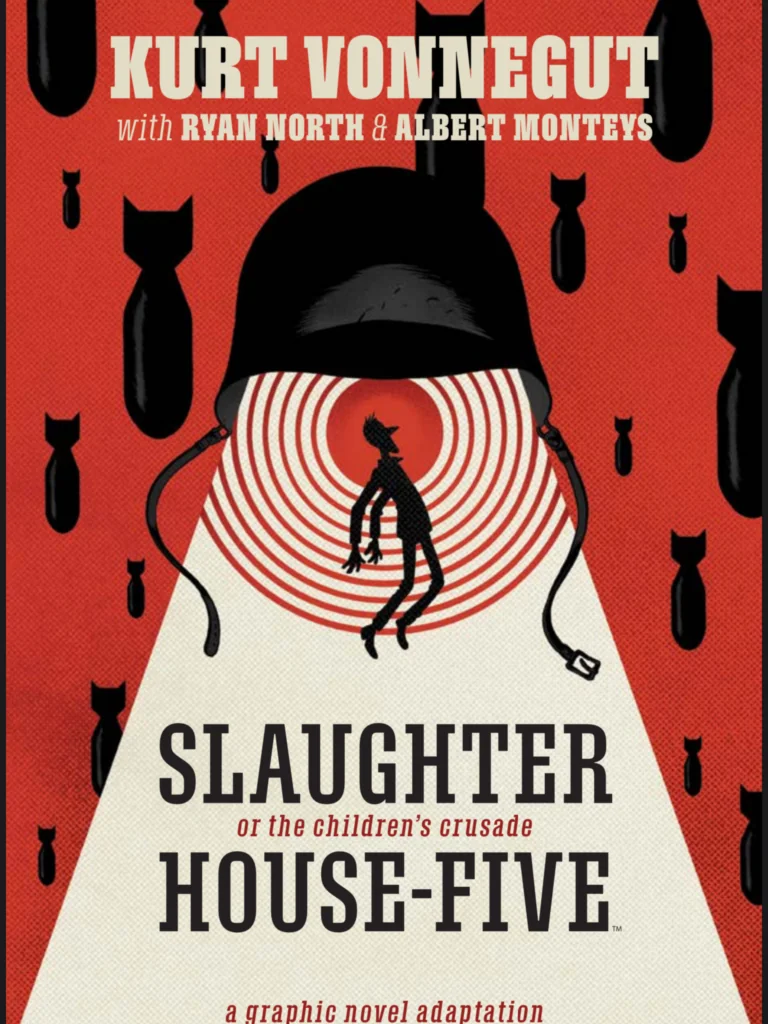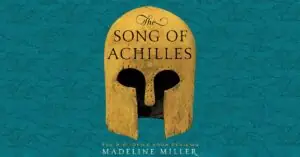“Slaughterhouse-Five,” subtitled “The Children’s Crusade: A Duty-Dance with Death,” is a seminal novel by American author Kurt Vonnegut, published in 1969. Blending science fiction, war memoir, and satire, the novel is renowned for its unconventional narrative structure and its exploration of the themes of free will, fatalism, and the absurdity of human conflict.

✅ AI Essay Writer ✅ AI Detector ✅ Plagchecker ✅ Paraphraser
✅ Summarizer ✅ Citation Generator

Detailed Overview
The novel is centered around the experiences of Billy Pilgrim, an American soldier who becomes “unstuck in time” after being abducted by aliens from the planet Tralfamadore. As a time traveler, Billy experiences moments from different periods of his life out of sequence, which includes his pre-war life, his time as a soldier during World War II, his post-war life as a successful optometrist, and his experiences as a zoo exhibit on Tralfamadore.
Extensive Plot Summary
World War II Experiences: Billy Pilgrim’s wartime experiences are pivotal to the novel, particularly his survival of the firebombing of Dresden, Germany, as a prisoner of war—a catastrophic event that Vonnegut himself lived through. The graphic depiction of the aftermath, seen through Billy’s eyes, underscores the brutality and senselessness of war.
Time Travel and Tralfamadore: Billy’s experiences with the Tralfamadorians introduce a fatalistic view of time. They see all moments as existing simultaneously, suggesting that free will is an illusion. On Tralfamadore, Billy is displayed in a zoo and forms a relationship with Montana Wildhack, a famous actress also abducted by the aliens.
Life in America: Outside of his time traveling, Billy leads a seemingly ordinary life, marrying, having children, and experiencing a plane crash that leads to a near-death experience. Despite his outward success, Billy’s inner life is shaped by his acceptance of the Tralfamadorian philosophy, his wartime traumas, and his unconventional perception of time and existence.
Narrative Style: The novel’s structure is non-linear, mirroring Billy’s time traveling experiences and reflecting the themes of determinism and chaos. Vonnegut interjects as the narrator, blurring the lines between author and story, and emphasizing the novel’s anti-war message.

Insights
“Slaughterhouse-Five” challenges conventional storytelling and philosophical perspectives on time, war, and existence. Its portrayal of war is starkly anti-heroic, emphasizing the cruelty, randomness, and tragedy of conflict. The novel also explores the coping mechanisms individuals use to deal with trauma, notably through Billy’s passive acceptance of his fate and the comfort he finds in the Tralfamadorian worldview.
Notable Quotes
- “So it goes.” — This recurring phrase becomes a motif throughout the novel, used whenever death or mortality is mentioned, reflecting a sense of fatalistic acceptance.
- “All moments, past, present, and future, always have existed, always will exist.” — This encapsulates the Tralfamadorian perception of time and fate.
Suggestions for Similar Books
- “Catch-22” by Joseph Heller: Another novel that critiques the absurdity of war, featuring a non-linear narrative and dark humor.
- “The Things They Carried” by Tim O’Brien: Offers a poignant exploration of the Vietnam War and the blurred lines between truth and fiction in storytelling.
- “Gravity’s Rainbow” by Thomas Pynchon: A complex and surreal novel that also delves into the chaos and destructiveness of World War II.
“Slaughterhouse-Five” remains a profound commentary on the human condition, war, and the nature of time and reality. Its innovative narrative and poignant themes have established it as a classic of American literature, resonating with readers across generations and offering a unique lens through which to view the absurdity of human existence.
Follow us on Reddit for more insights and updates.





Comments (0)
Welcome to A*Help comments!
We’re all about debate and discussion at A*Help.
We value the diverse opinions of users, so you may find points of view that you don’t agree with. And that’s cool. However, there are certain things we’re not OK with: attempts to manipulate our data in any way, for example, or the posting of discriminative, offensive, hateful, or disparaging material.